SupremePunk #103
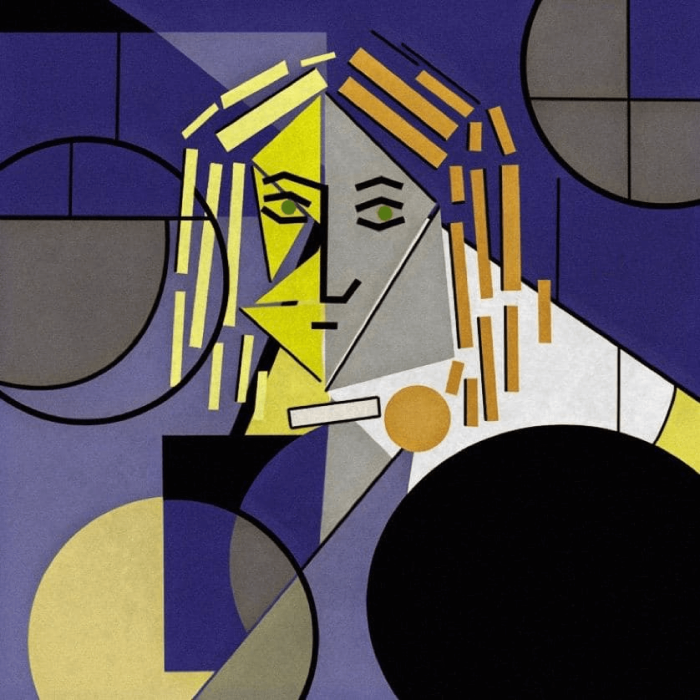
Distorted Mirror
This punk is inspired by the CryptoPunk #6277 and work of Henri Matisse's «Portrait of Lydia Delectorskaya».
Both images are very geometric. The face and hair of the heroines are dichotomous in color in both cases, but in SupremePunk the tonal closeness between these parts of the body is observed: the mustard half of the face is framed by pastel yellow strands of rectangles
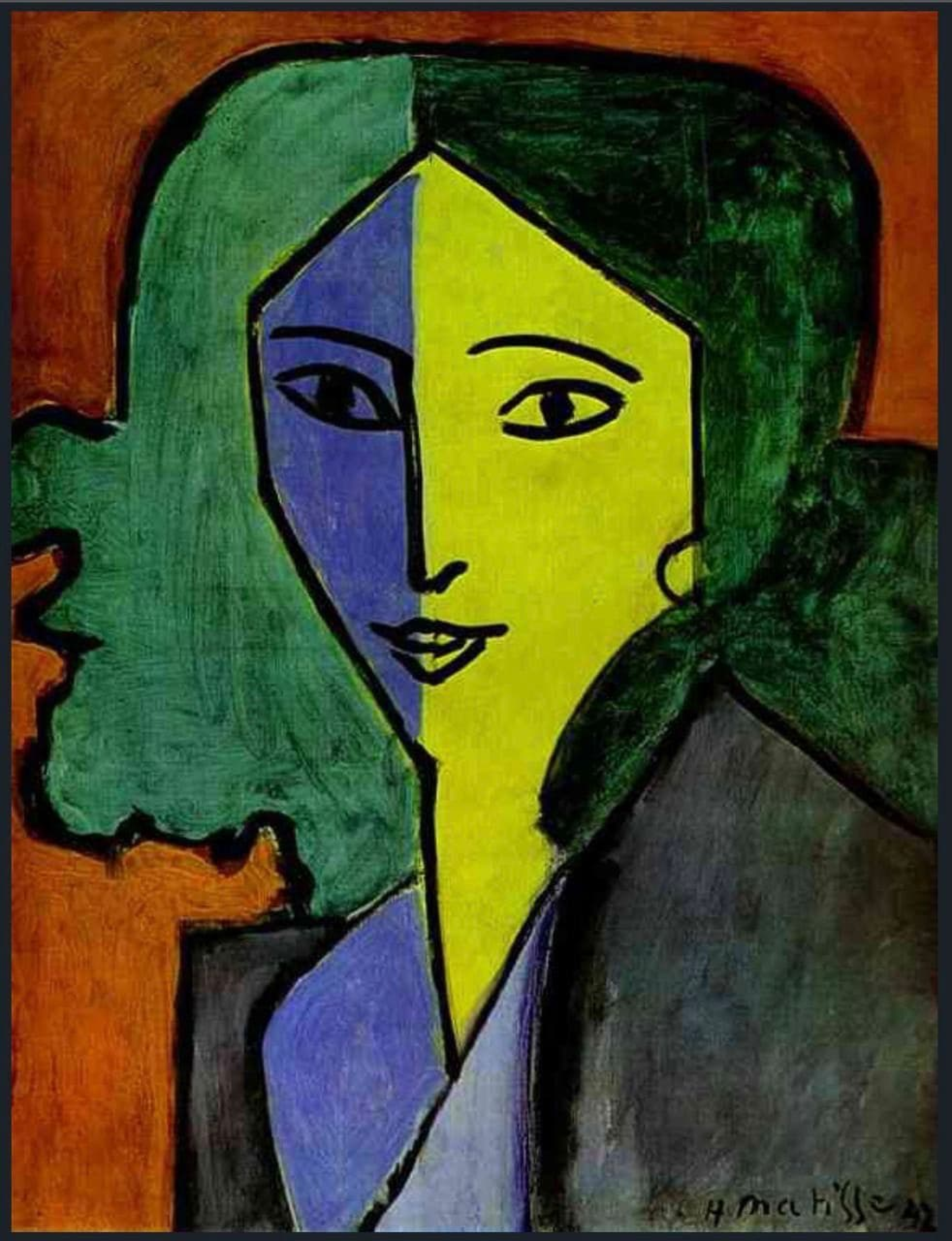
Henry Matisse — Portrait of L.N. Delekorskaya, 1947
Matisse's yellow-blue face contrasts with the green hairstyle. It can be noted that Lydia Delektorskaya seems to be made of a color circle. Her face consists of primary colors, which when mixed just give green. In SupremePunk, the experiment with the color wheel is less obvious: the author creates a predominantly blue background and the yellow half of the face, and only the eyes are green at work. The facial features in the paintings are equally simple, the nose is a kind of border between the colors of the face. If the border in the Matisse painting can be perceived as a border between opposite colors or as a reflection of Lydia's duality, then in the case of Punk this technique can be called an homage to Matisse, since the hero's face is much more fragmented than in the original. It seems that SupremePunk is Lydia Delektorskaya's reflection in a distorted broken mirror, where she sees an even more split version of herself.
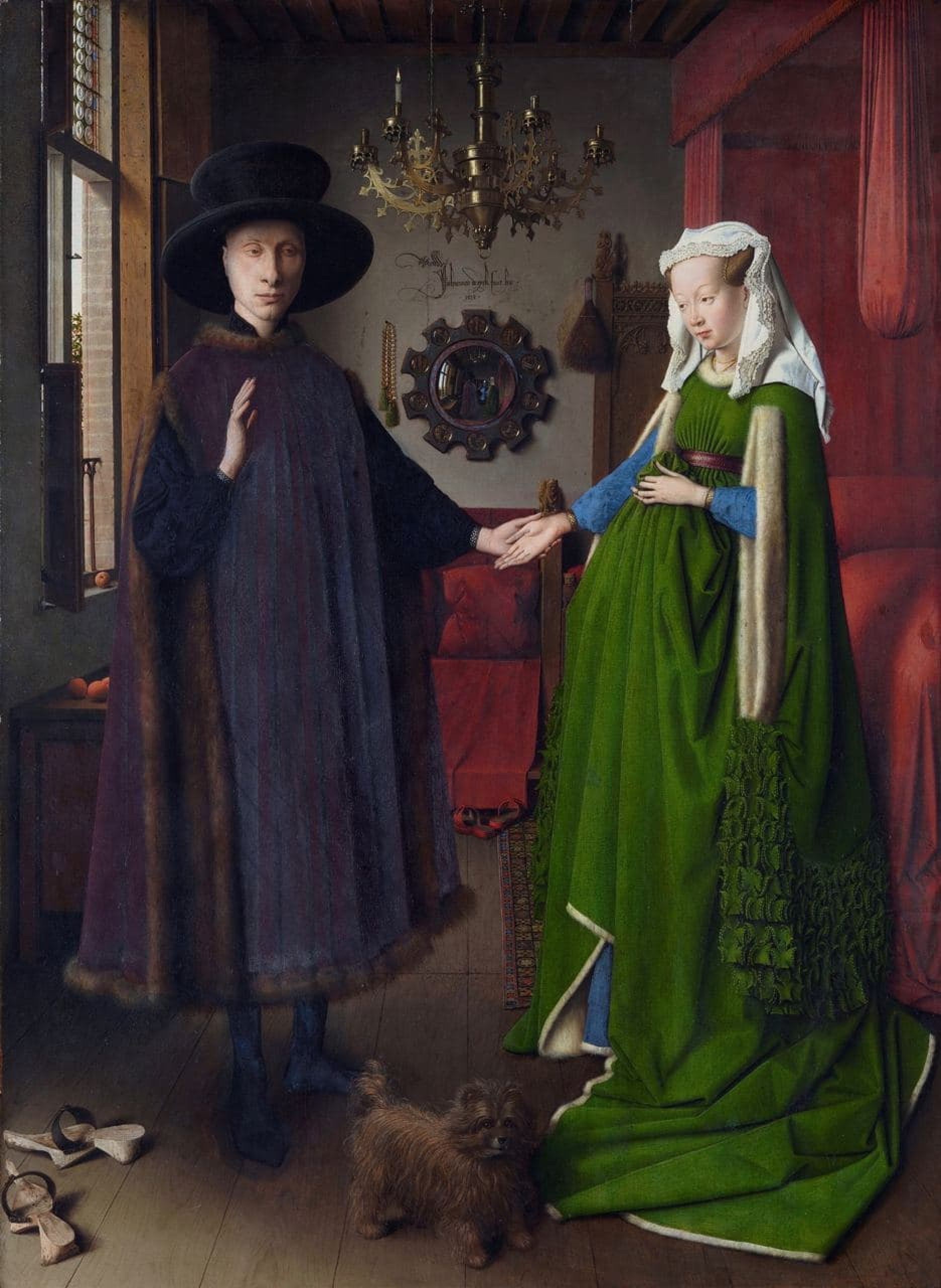
Jan van Eyck — The Arnolfini Portrait, 1434
It is worth noting that the mirror was a means of expression in the visual arts back in the XV century. For example, the subject of art critics' reflections is a convex mirror in the center of the composition of the "Portrait of the Arnolfini Couple" by Jan Van Eyck. It reflects two men, one of whom is probably the artist himself.
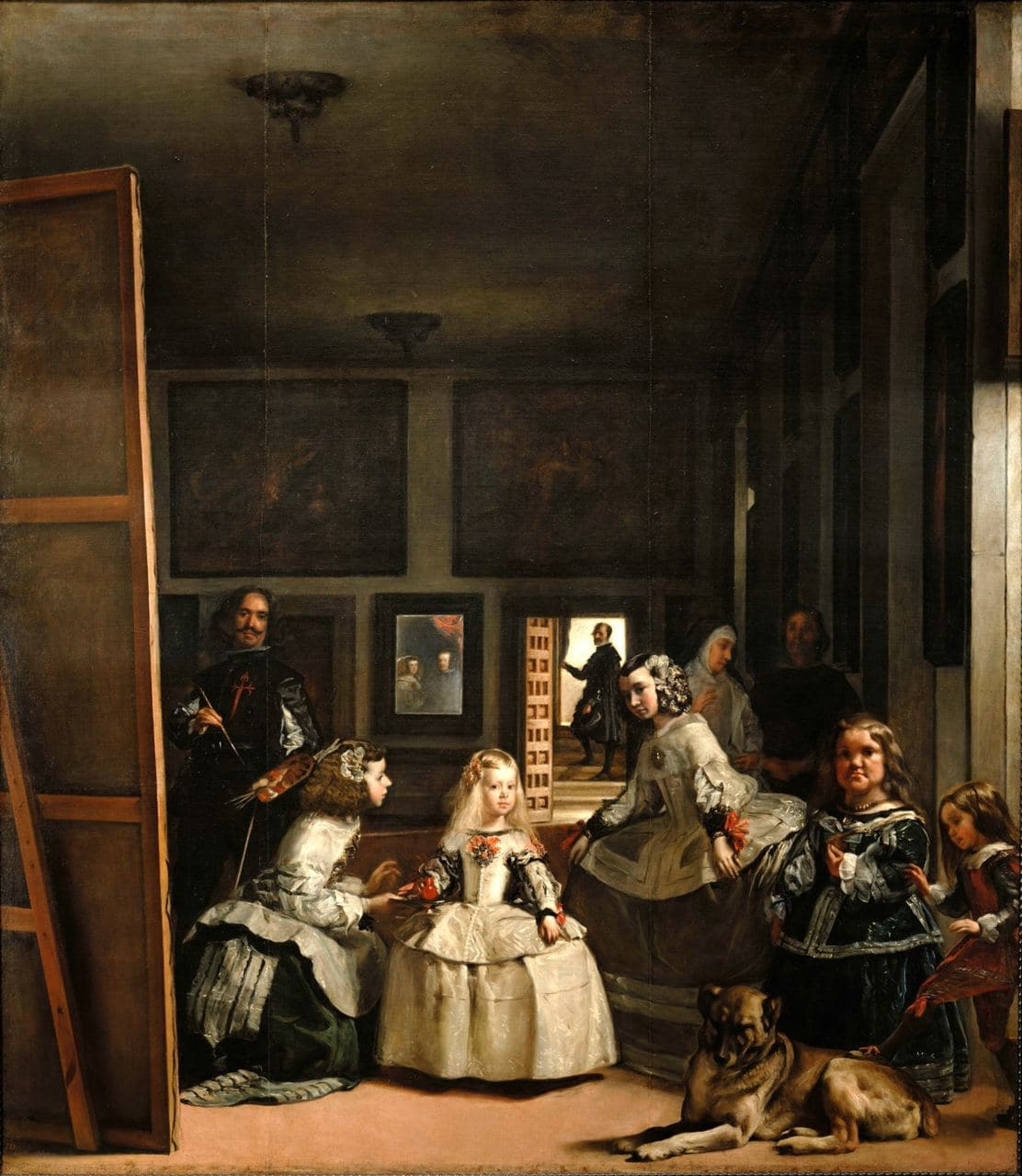
Diego Velasquez — Meninas, 1656
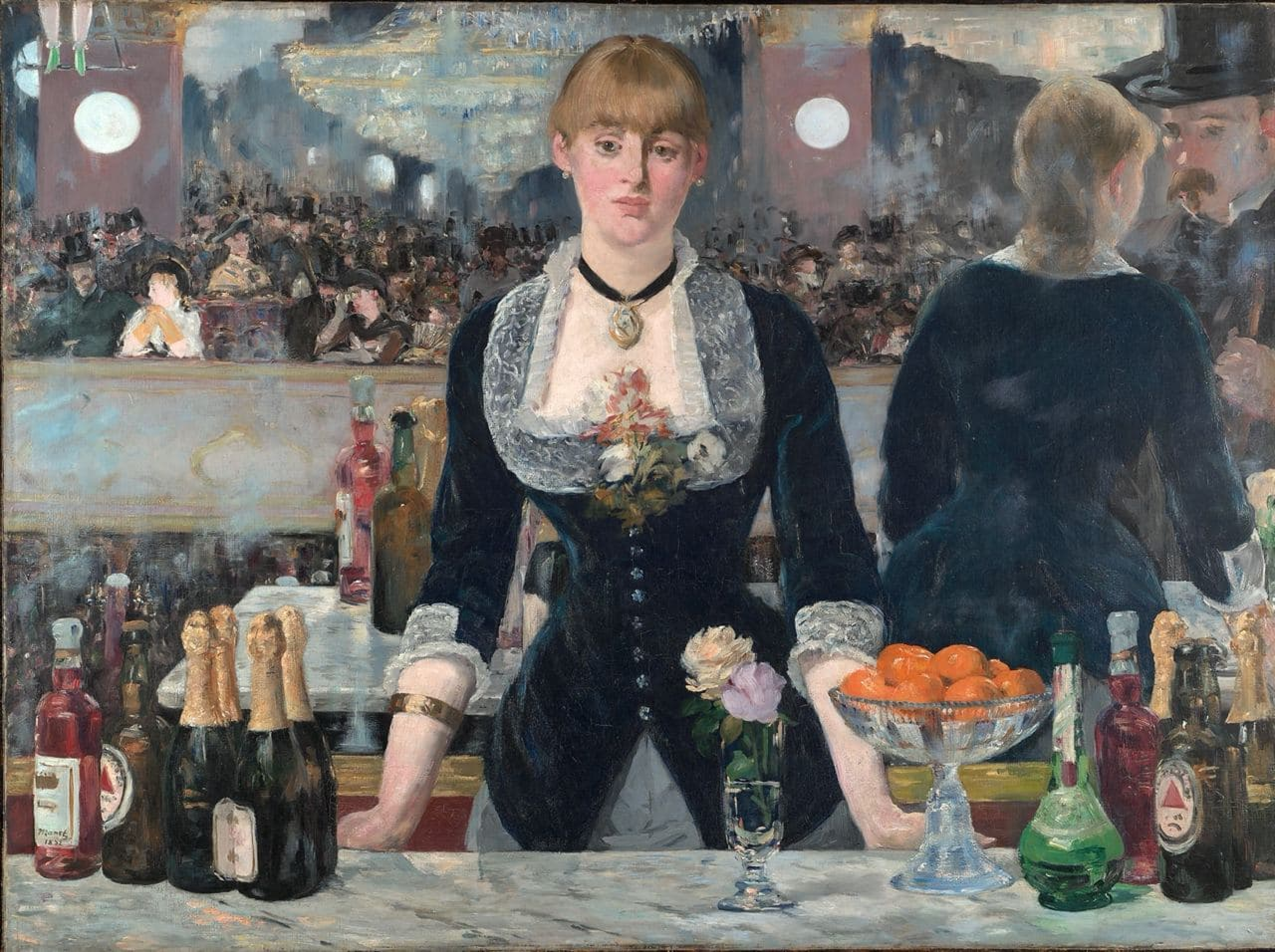
Eduard Manet — The Bar at Folie Bergere, 1954
Other artists also used their direct presence in the created paintings — the same Diego Velasquez in "Meninas". Subsequently, the use of a mirror will become a means of conveying the greater idea of the depicted. In this regard, the painting by Eduard Manet "The Bar at Folie Bergere" is noteworthy, where the festive world of the evening bar is reflected behind the back of a thoughtful waitress. But the reflection is so inconsistent with "reality" — that is, what the viewer sees before the mirror (the girl and the bar counter) - that the idea arises that the artist could have tried to convey the unreality of idle life, its ephemerality. Or this reflection may show the dual nature of the life of a waitress who is forced to work as a "saleswoman of drinks and love," as Guy De Maupassant noted.
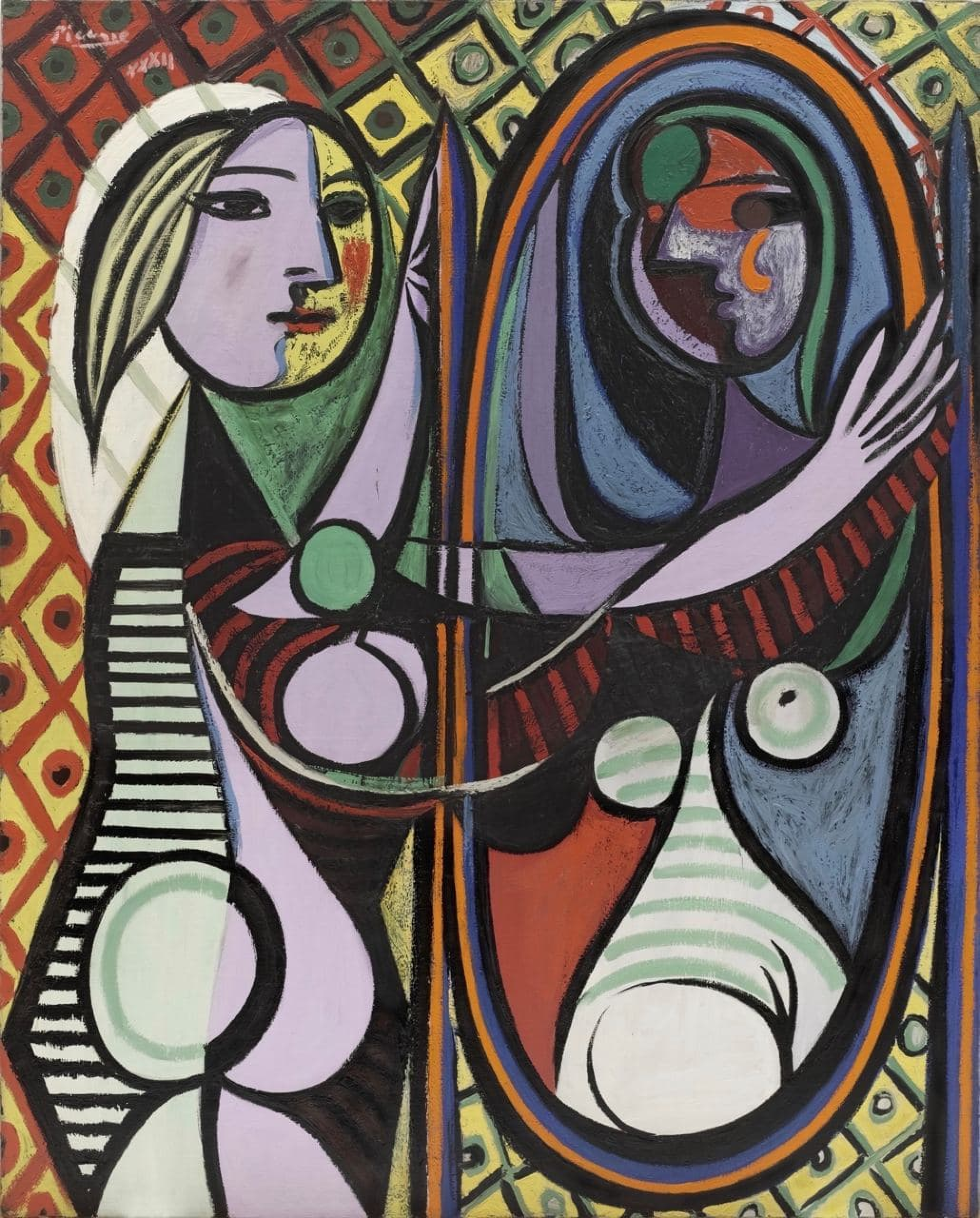
Pablo Picasso — The Girl in Front of the Mirror, 1932
A mirror can also be a tool for depicting the inner world of a person, which, for example, was used by Pablo Picasso in "The Girl in Front of the Mirror". The reflection of the heroine in the mirror looks much darker and more disturbing than her pastel "disguise", which can convey the inner torment of a person.
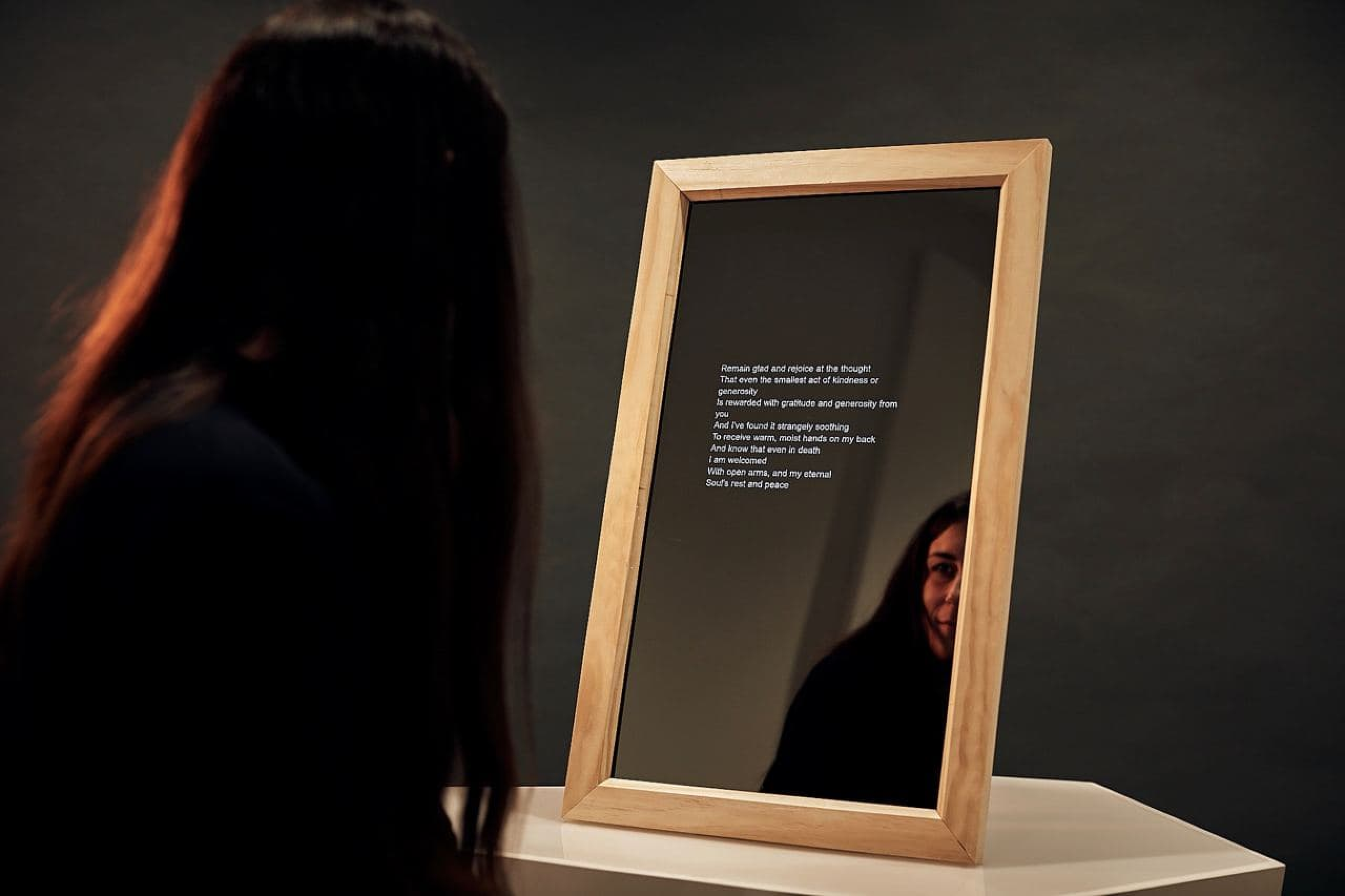
Nina Rajcic — Mirror that reads the facial expressions
Nowadays, the mirror has already become an independent work of art that can contact the viewer. So, the Australian art activist Nina Rajcic, together with SensiLab, created a mirror that reads the facial expressions of the person standing in front of him and displays a quote on the screen that should correspond to the emotions of the viewer or somehow help him. The viewer becomes a part of art by entering a performance with artificial intelligence and receiving advice, poetic instruction or an unexpected joke from him.

Buy

Gallery:
CryptoPunk #6277 that has been taken as a base

Your transaction is in progress

You have connected to the wrong network

Transaction is successful!


